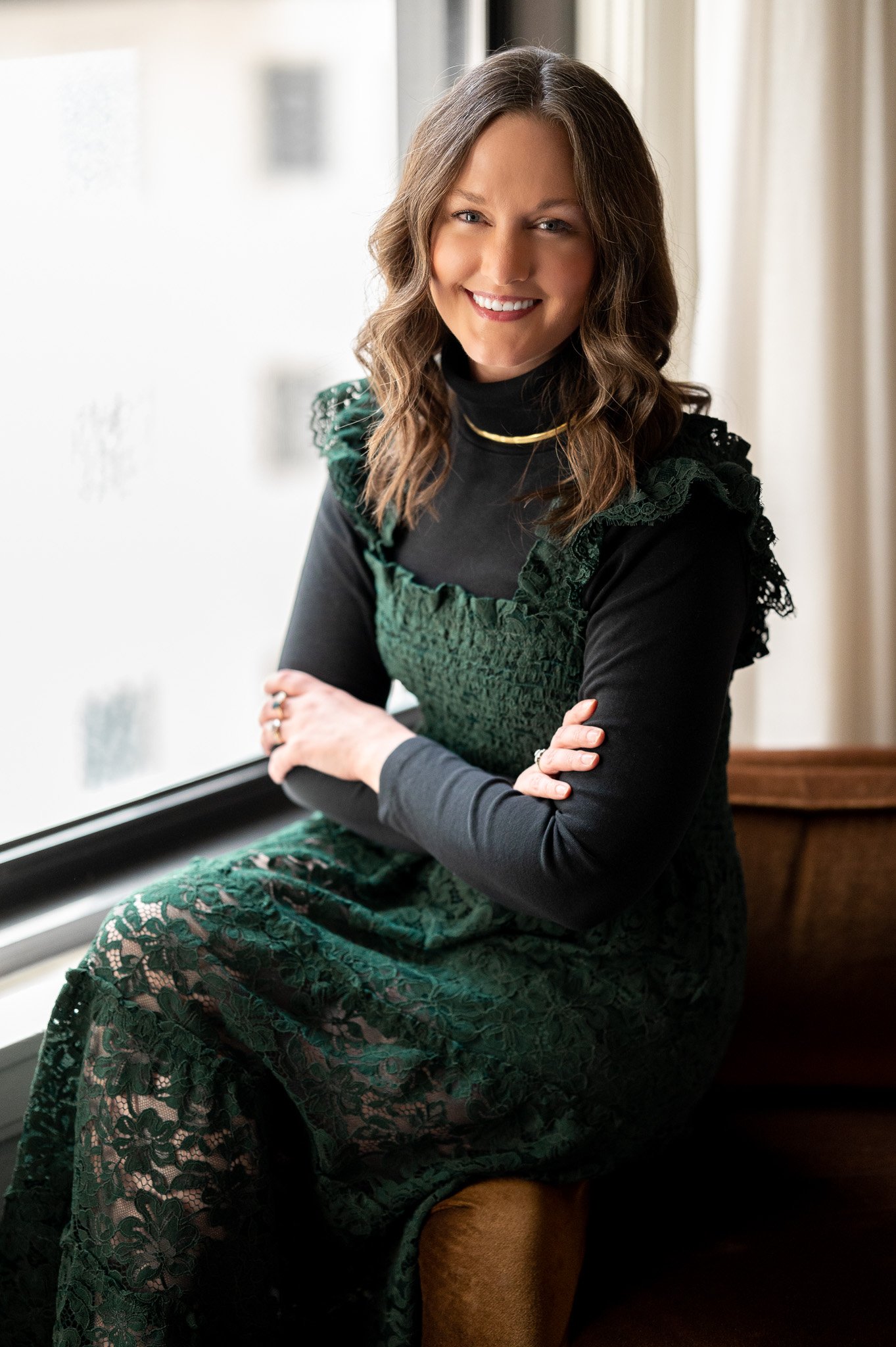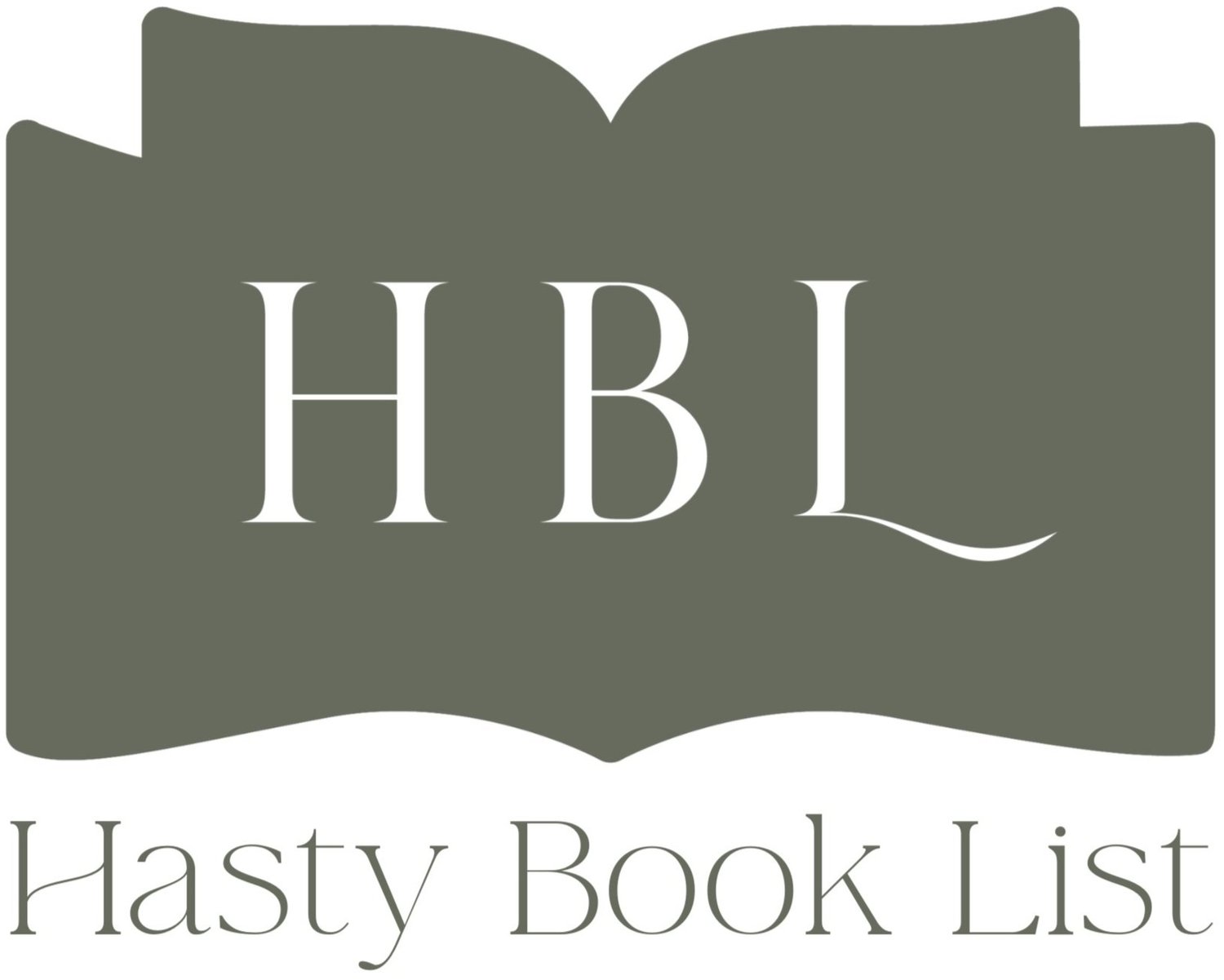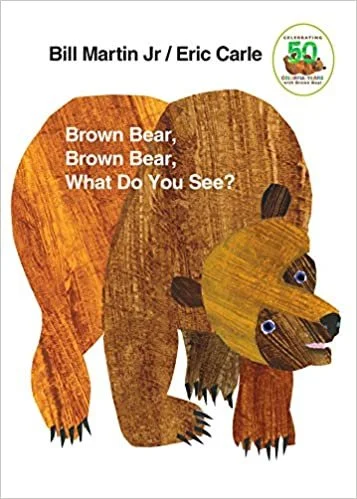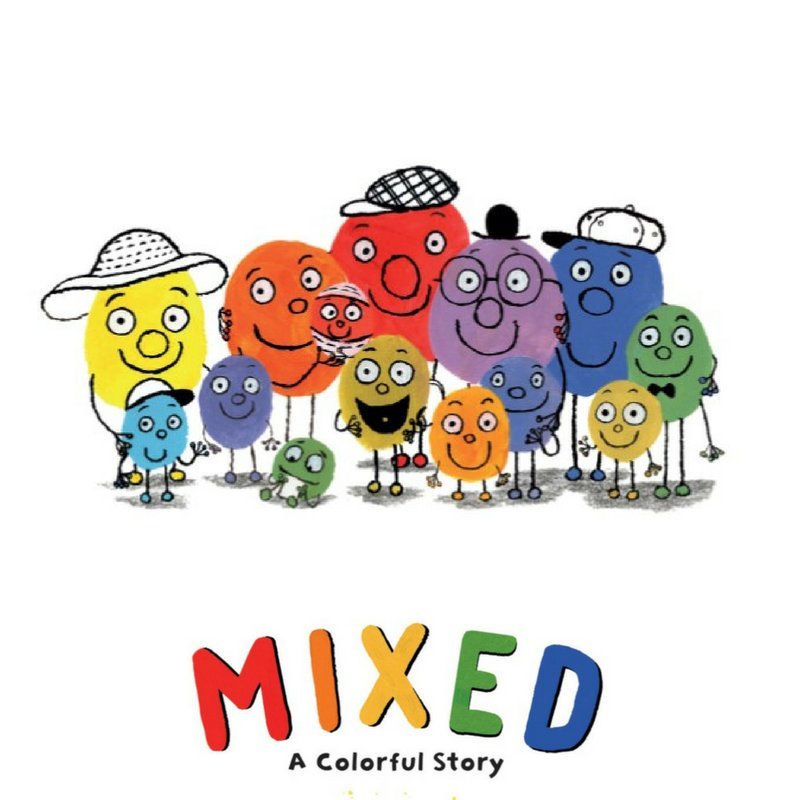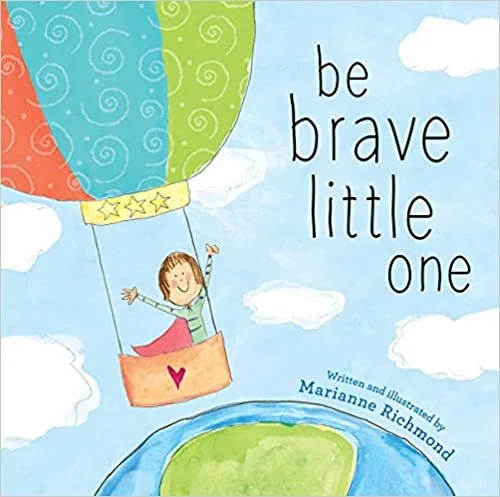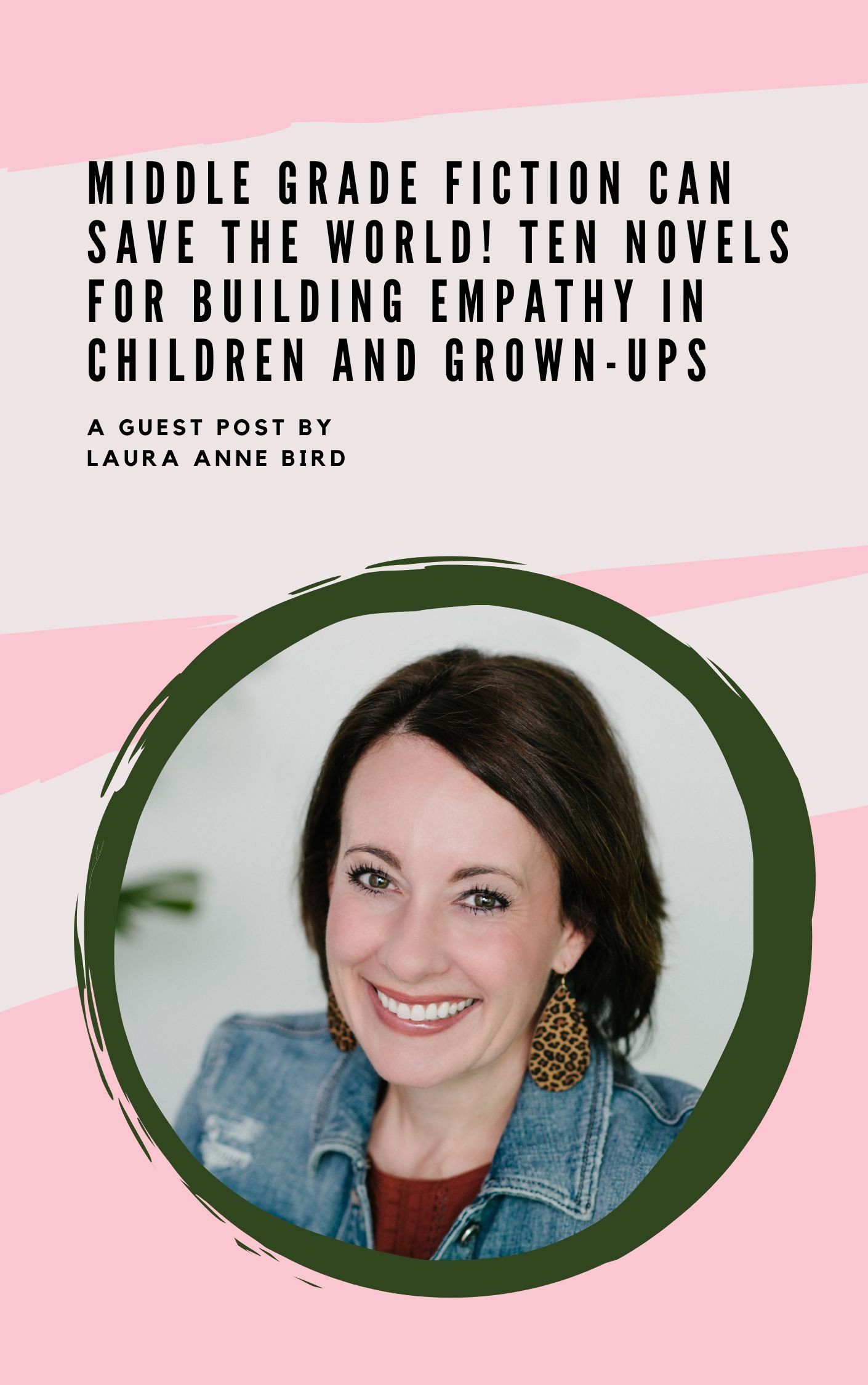The Best Children’s Books: A Guest Post by Jen Naye Herrmann
I’m on maternity leave! During this time, a few of my favorite authors offered to step up and write guest posts so that this blog would remain active while I adjust to my new role as a mother. I may also be a bit slower to respond. Thanks for understanding and for being so supportive of me, my family, and my blog. Want to donate a few dollars to keep this blog running or perhaps contribute to my diaper fund? You can do so on Venmo or Paypal.
HBL Note:
Reading to children is an indispensable cornerstone of their development, offering a multitude of benefits that extend far beyond the confines of childhood. From fostering language acquisition and cognitive skills to nurturing emotional intelligence and empathy, the act of reading aloud to children lays down a sturdy foundation for their future growth and success.
At its core, reading to children is a gateway to language acquisition. From the moment they are born, children are absorbing the sounds and rhythms of language, and reading aloud amplifies this process. Exposure to a diverse range of vocabulary, sentence structures, and literary styles enriches their linguistic repertoire, enhancing their ability to comprehend and express themselves effectively. As they grow older, this linguistic proficiency forms the bedrock for academic achievement across various subjects.
Reading cultivates cognitive skills essential for academic and lifelong success. When children engage with stories, their brains are actively processing information, making connections, and honing critical thinking skills. They learn to predict outcomes, analyze characters' motivations, and discern the underlying messages within narratives. This cognitive exercise strengthens their problem-solving abilities and equips them with the tools to navigate the complexities of the world around them.
Beyond intellectual development, reading to children fosters emotional intelligence and empathy. Through exposure to diverse characters and situations, children learn to empathize with others' experiences and perspectives. They develop a deeper understanding of human emotions and learn to regulate their own feelings. Moreover, stories provide a safe space for children to explore complex emotions and confront challenging situations, empowering them to develop resilience and coping mechanisms.
The bond forged through shared reading experiences is unparalleled. When parents, caregivers, or educators read to children, they are not just imparting knowledge but also creating cherished memories and strengthening relationships. Snuggled up with a book, children feel safe, loved, and valued, fostering a sense of security and trust that lays the groundwork for healthy attachment and emotional well-being.
Reading aloud enhances children's attention spans and concentration levels. In today's fast-paced digital world, where distractions abound, the ability to focus is more crucial than ever. By immersing themselves in a story, children learn to sustain their attention over extended periods, a skill that proves invaluable in academic settings and beyond.
Reading to children instills a lifelong love of learning and exploration. When children associate reading with pleasure and enjoyment, they are more likely to seek out books independently and pursue knowledge for the sheer joy of discovery. This intrinsic motivation not only fuels academic success but also nurtures a curious and inquisitive mindset that serves them well throughout their lives.
Reading to children promotes cultural literacy and fosters a sense of belonging in the broader community. Through exposure to diverse narratives and perspectives, children gain insight into different cultures, traditions, and lived experiences, cultivating respect for diversity and inclusivity. Moreover, stories have the power to reflect and validate children's own identities, helping them develop a strong sense of self-esteem and cultural pride.
Reading aloud serves as a springboard for creativity and imagination. As children immerse themselves in fantastical worlds and imaginative adventures, they are inspired to dream, create, and explore. The ability to envision alternative realities and think outside the box is a cornerstone of innovation and problem-solving, making reading an indispensable tool for fostering creativity in children.
The importance of reading to children cannot be overstated. From laying the groundwork for language acquisition and cognitive development to nurturing emotional intelligence and fostering creativity, the benefits of shared reading experiences are manifold. By instilling a love of literature and learning from an early age, we empower children to unlock their full potential and embark on a lifelong journey of discovery and growth.
The Best Children’s Books: A Guest Post by Jen Naye Herrmann
If you're like most moms, you want your kids to grow up to be passionate, lifelong readers. But getting them to pick up a book can sometimes feel like pulling teeth!
I have found that naturally integrating books into our playrooms, bedrooms and routine encourages more reading time.
You want your kids to read books that are both educational and fun, but it can be hard to find ones that meet both criteria. And on top of that, you want to make sure the books you're reading with your kids are inclusive, so that all children can see themselves reflected in the stories.
I've compiled a list of the best children's books that are educational, fun, and inclusive. From animal tales to stories about friendships and family, these books have something for everyone.
So curl up with your little ones and get ready for some education and entertainment!
Best Children's Books
The Best Children’s Books: A Guest Post by Jen Naye Herrmann
"Brown Bear, Brown Bear, What Do You See?" by Bill Martin Jr. and Eric Carle
This beloved picture book is perfect for younger children who are just beginning to learn their colors and animals. In "Brown Bear, Brown Bear, What Do You See?", each page features a different animal, drawn in Eric Carle's distinctive style. As the story progresses, the animals begin to appear in groups of two or more, giving your child opportunities to practice counting. By the end of the book, your child will have learned their colors, practiced counting, and had loads of fun—all while cuddling up with you and enjoying a good story!
The Best Children’s Books: A Guest Post by Jen Naye Herrmann
Mixed: A Colorful Story by Arree Chung
We absolutely love this book in our home – it seamlessly promotes inclusivity and teaches children that by coming together we can be stronger. The book explains how different colors coming together create new colors helping to teach diversity.
The Best Children’s Books: A Guest Post by Jen Naye Herrmann
Be Brave Little One by Marianne Richmond
I love to give my kids books for every holiday, and this one I bought my daughter for Valentine’s Day. Be Brave Little One is a great story about trying and accepting who you are as well as the outcome. It does a nice job of touching on big feelings without going too deep.
The Best Children’s Books: A Guest Post by Jen Naye Herrmann
Goodnight, Goodnight Construction Site by Sherri Dusky Rinker
Another bedtime favorite is Goodnight, Goodnight Construction Site. My son and daughter both love it. The rhyming is really fun and helps children connect to the words and story easily. Plus, I love having board books around the room so they can continue to get exposure to books whether or not they’re reading!
These are just a few of our favorite children's books that are educational, fun AND inclusive. If you need more ideas for activities, be sure to check out my lesson plans.
Reading together is such a special way to bond with your child while also teaching them important life lessons. So snuggle up with your little ones and enjoy one (or all!) of these fabulous books today!
The Best Children’s Books: A Guest Post by Jen Naye Herrmann
Ashley here again, I’d love to add to this list with a few of my own favorite children’s books, now that I have a child of my own.
The Pigeon Loves Things That Go! by Mo Willems
My son Miles loves to say the word “Go!” (always with the exclamation point.) This is a great book for me to read to him so that he can use one of his favorite words. All of the Pigeon books by Mo Willems are charming reads, I encourage you to check out ones that interest your little one and the words they like to say.
See, Touch, Feel: A First Sensory Book by Roger Priddy
Roger Priddy is also the author of the popular First 100 Words book series. Miles loves this book because. of the textures that he can run his fingertips on as I read the words. The multi-sensory experience seems to delight him - its just something a little different from our other favorite books.
Llama Llama Red Pajama by Anna Dewdney
“Mama” was far from Miles’ first word(s) and I was eager to get him to start saying it. As a result, I searched for books with “mom,” “mama,” or “mommy” repeated often. Our favorite ended up being Llama Llama Red Pajama a book that encouraged him to say “mama” while also teaching about patience when Mama doesn’t come immediately when called.
Little Blue Truck Leads the Way by Alice Schertle and Jill McElmurry
I think our favorite books of all are the Little Blue Truck books but the one that tops them all is Little Blue Truck Leads the Way about the friendly blue truck’s visit to the city (we are Chicagoans through and through.) Miles loves the action words like “Beep,” “Zoom,” and “Swish” and this book is full of them.
